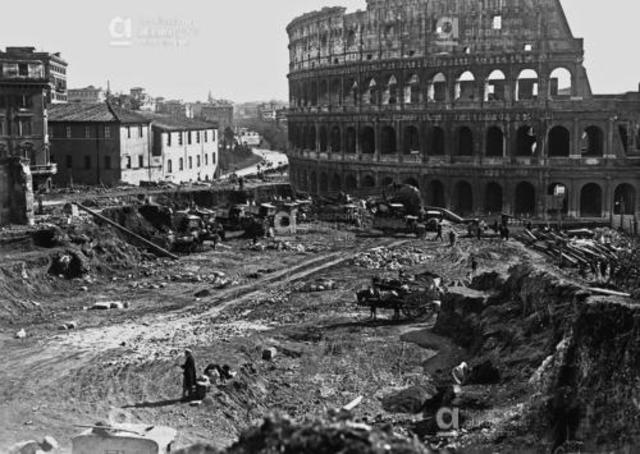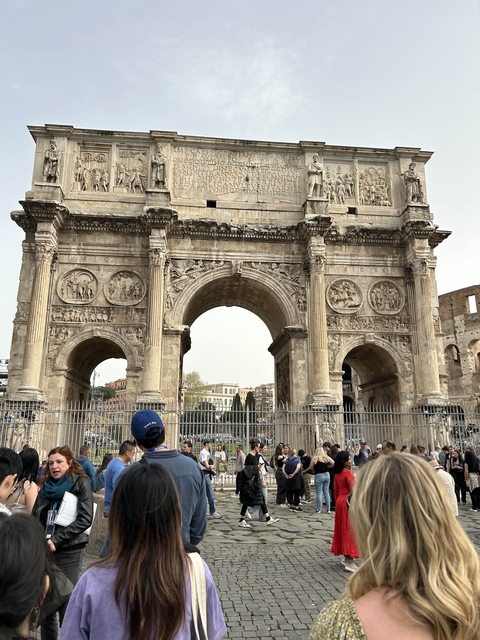Archaeological Tourism
Nowadays if you visit Rome, evidence of Mussolini's impact on archaeological excavation has been paved over as much as possible. The shame of his legacy prompting an erasure of his existence rather than a reckoning of his historical impact. The want to cover up mistakes is not unnatural, but it does make it harder to recognize what the start of such an issue might look like in the future. From an outside perspective, it is easy to visit the Imperial Forum in Rome and think of how wonderful it is that Italians must have preserved this archaeological wonder for thousands of years, when the reality is much more bleak. Such sites were made possible by demolishing homes, by uprooting and relocating those deemed 'undesirable' by fascists, then pretending they had never been there to begin with.

When visiting archaeological parks or excavated monuments, it is one thing to consider the ruins and artifacts you see, but it is also worth investigating the process that made it possible. Is every archaeological exhibit propaganda? Probably not. However, it is worth remembering that spaces hold meaning, they can be designed in a way to present a particular story. Enjoy yourself as a tourist, but keep a critical eye on what might be missing.
